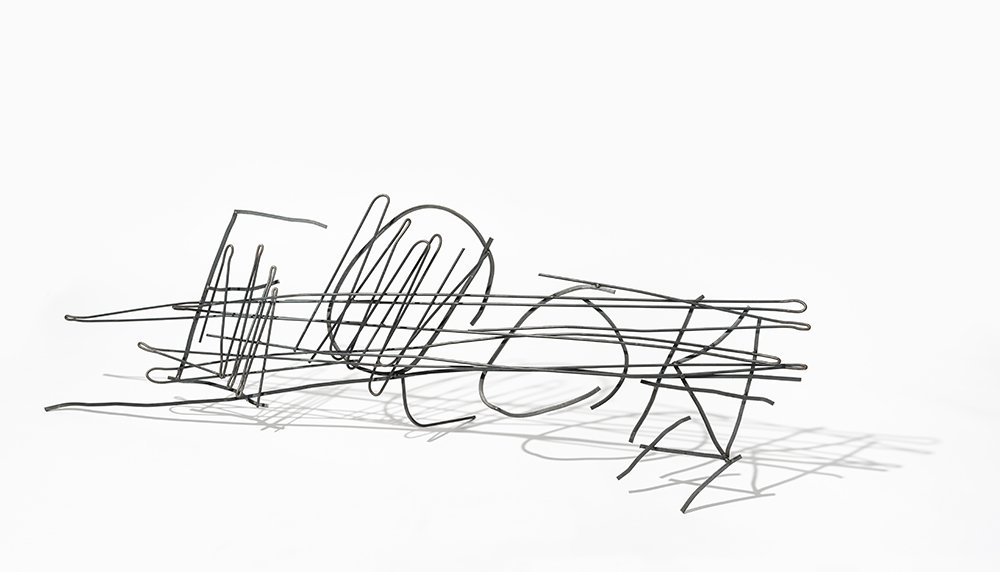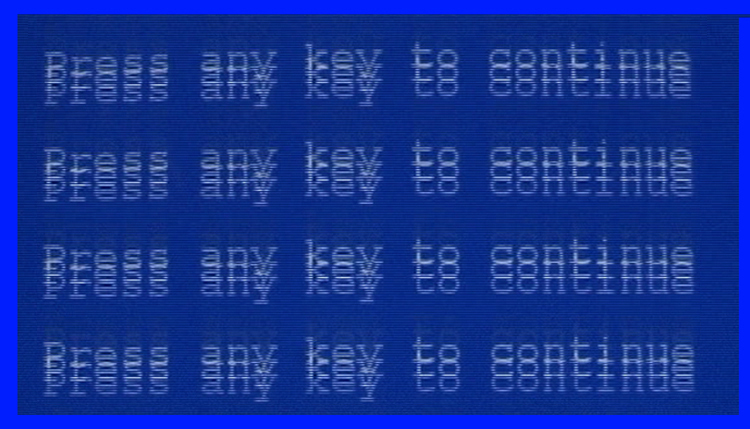
- Artist:
- Eulàlia Valldosera
- Date:
- 1990-2001
- Technique:
- Installation in progress. Four meters long canvas, a garden broom, text exhibited on a light box, documentary video and set of six photographs
- Dimensions:
- Variable
- Origin:
- Es Baluard Museu d'Art Contemporani de Palma, donated by Nueva Colección Pilar Citoler
- Registration number:
- 945
- Edition:
- 1/3
- Acquisition year:
- 2019
- Exposed:
- No
The destruction of a constructed piece is the reflection set forth by Eulàlia Valldosera in El melic del món #3, a very significant work in her oeuvre as it is her first creation linked to the sensorial practice of perception, in line with process art.
Valldosera starts out from the basis of a banal act, that of smoking a cigarette, an element converted into a metaphor for consumption, meditation and the fleeting nature of time, and an analogy of the process of artistic creation. After twenty days of abstinence, the artist begins the work of daily collection of the vestiges of the act of smoking, by way of an exercise of conscience, as she herself defines it in the text that accompanies the installation.
In 2001, Valldosera closes the cycle of this process, giving rise to an action in the Fundació Tàpies in Barcelona in 2001, through the action Barrida #3 (Sweeping #3): she sweeps the surface of a large-format canvas covered in the cigarette butts which trace the silhouette of a female body – her own –, collecting these remains and drawing them in to the centre, the naval; as well as the canvas, the installation is complemented by the video that captures the action, and a series of six photographs which, under the title Construcción-Deconstrucción (Construction-Deconstruction) capture the process defined by the artist herself in a text reproduced on a light box.
S.H.
The work of Eulàlia Valldosera, an artist who trained initially in the field of painting and who later, after becoming established in Holland, in the ‘nineties, would extend towards other disciplines. From then on, she centred on the public, physical space and its transformation, and the interior space within each one of us and our perception of the external world and sensitive matter, actions she carried out using video, performance, photography and installation for the most part. Objects and events linked to the domestic sphere and the secondary role of the woman, and exercises in introspection in the face of negative experiences are analysed from the feminine gaze and activated on the basis of the artist’s own experience, with artistic practice as the means of healing our world and the human being – conceiving the artist as a medium -, her current line of work.
S.H.



